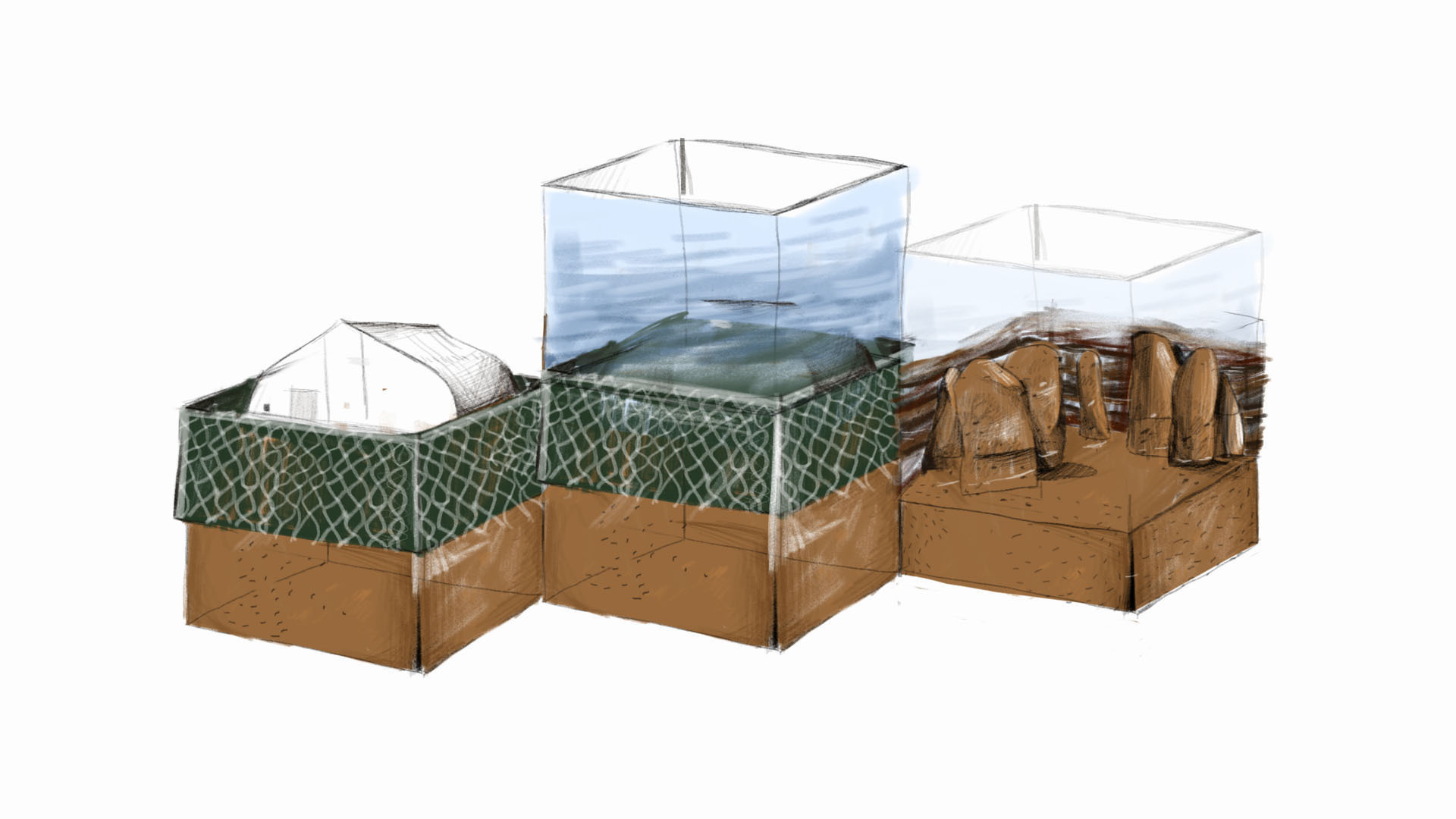
The Dirt Issue
Toxic Coast
Driving from Manhattan, the NJT 158 bus takes the Lincoln Tunnel under the Hudson River to New Jersey, then cuts North and follows the river all the way up to the George Washington Bridge. The road it takes is called River Road, which used to run along the now-vanished marshland that lined the New Jersey shore of the Hudson River for much of American history. When Alexander Hamilton was shot in Weehawken, he died in the mud.
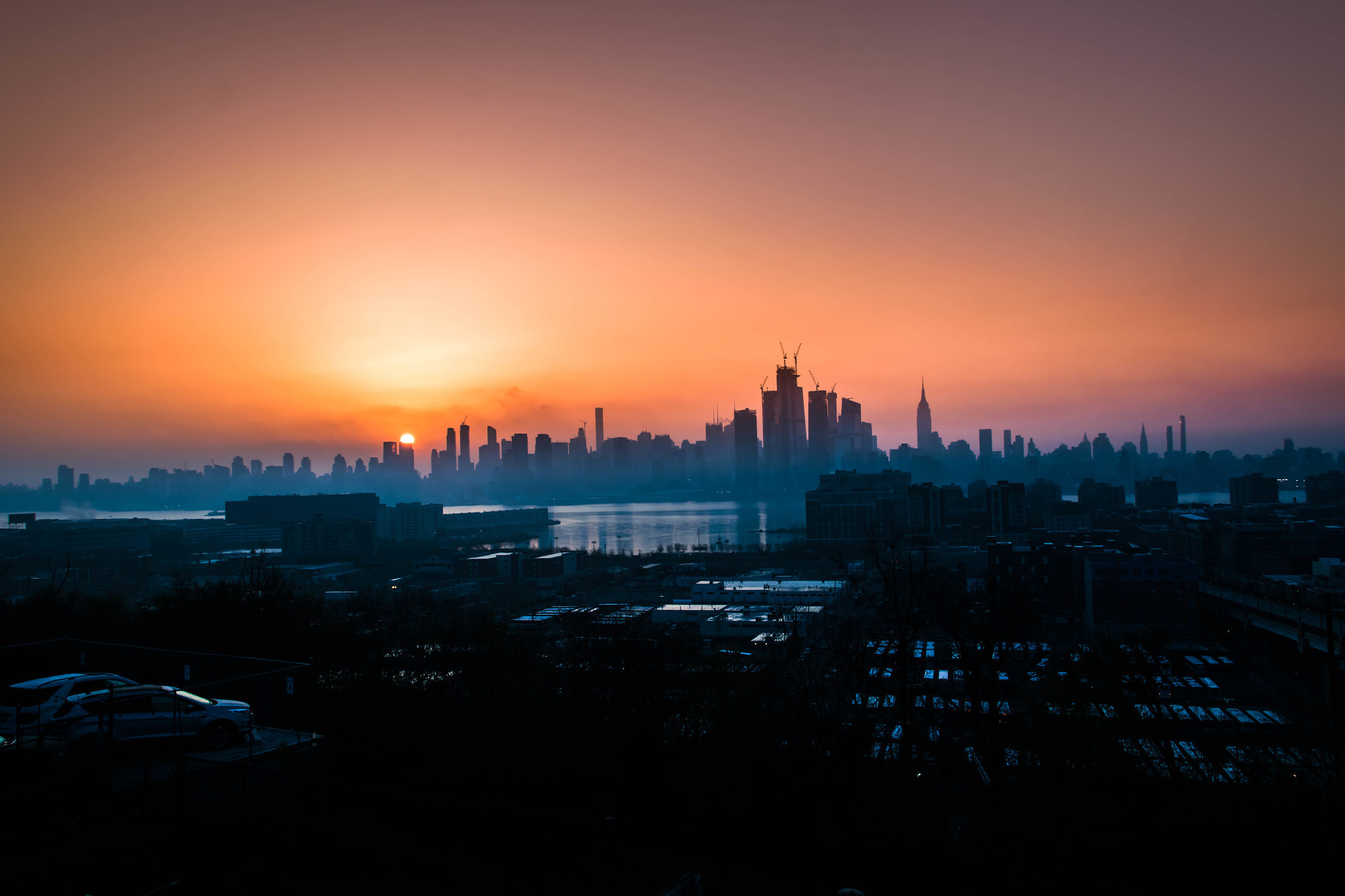
Today, the mud is gone and River Road is separated from the Hudson by a few hundred yards of reclaimed land—filled-in with dirt from elsewhere, some from the 1922 construction of Yankee Stadium, some from the chromium-laced byproducts of wartime industry, much of it of unknown origin. From the window of the 158 bus, the river itself is now mostly obscured by high-rise apartment buildings (Riverparc, Avora, The Oyster), rented at premium prices for their perspective on Manhattan, which can be held at a distance and examined dispassionately from this side of the river.
When the 158 bus reaches the town of Edgewater, there's a sudden gap in the line of waterfront development on what is now known as New Jersey’s “Gold Coast.” Instead of high-rises, there are two gigantic white tents raised up from the dirt. Workers in latex-blue suits trudge around them spraying mud-red liquid on the ground. Other workers carry instruments that measure the composition of the air. Yellow excavators lurch about like elephants, flattening, and shifting, and generally mucking about. Machines roar inside the tents. The scene resembles a circus masquerading as a construction site. Intermittent on the wind is the sulfurous, faintly nauseating smell of mothballs.
If Superfund status is any indicator, New Jersey has the dirtiest dirt in the country, and the Gold Coast has some of the dirtiest dirt in New Jersey.
This is the Quanta Resources Superfund Site, one of 1,335 contaminated sites across America that the United States Environmental Protection Agency (EPA) deems most urgently in need of a clean-up. With 114 Superfund sites, New Jersey is home to more than any other state in the country. Bergen County, where the Quanta Site is located, and Hudson County, which includes the rest of the Gold Coast, together have 12 Superfund sites—more than the entire state of Louisiana. If Superfund status is any indicator, New Jersey has the dirtiest dirt in the country, and the Gold Coast has some of the dirtiest dirt in New Jersey.
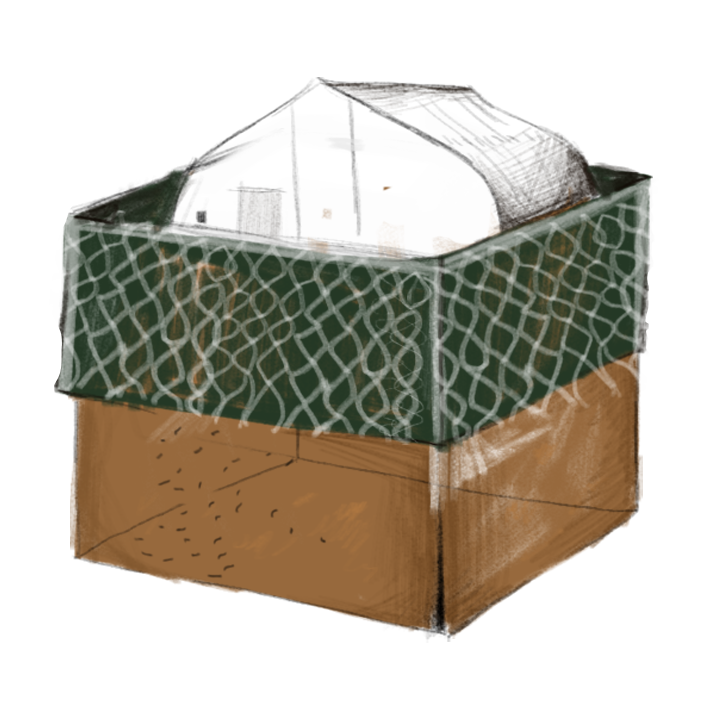
When I visited the Quanta Site in early March, the sky was blue and the Hudson was milky and bland. It seemed swimmable. An elderly man was walking his dog along the waterfront walkway beside the site. He had lived in Edgewater for 25 years and was nonchalant about the cleanup, figuring it would eventually turn into an apartment building like everything else. “It’s all built on bad stuff,” he said, waving his hand down the river dismissively.
All that "bad stuff" is left over from New Jersey’s long industrial history. In fact, Paterson, New Jersey, situated on the Passaic River just a few miles west of Edgewater, was the birthplace of the industrial revolution in America.
"All the industries were located in New Jersey," Guillermo Rocha, a professor of geology at Brooklyn College and former environmental engineer for New Jersey Superfund cleanups told me. From the first mills established at Paterson in the late 18th century, industrial development spread throughout the state and especially along the Hudson, where proximity to Manhattan ensured a hungry market. The sliver of marshland smushed between the cliffs of the Palisades Sill and the river became increasingly valuable, and by the end of the 19th century, most of it was filled-in. Factories and processing plants crowded on the reclaimed land and barges carried their goods to the metropolis across the water.
It’s all built on bad stuff.
For more than a century, that 32 km20 mile strip of reclaimed land was the spittoon and ashtray for those factories. The specific composition of their waste was determined by the requirements of the age—coal tar from coal gas for the turn-of-the-century street lamps, chromium for soldier’s boots in both World Wars, dioxin (a.k.a. Agent Orange) for the war in Vietnam—slopped onto the ground in oil, sludge, and process water. Not all these contaminants were hazardous to humans, but many were and remain so today. The metals: lead from paint and gasoline. Arsenic. Mercury. The Volatile and Sub-Volatile Organic Compounds. Benzene. Phenol. Methylphenol. Dimethylphenol. Toluene. Naphthalene. Acenaphthene and acenaphthylene. Benzoanthracene. All of them, once spilled into soil, known pleasantly as "leachate."
"New Jersey's famous,” explained an environmental engineer I met with on the Quanta Site familiar with the work underway. (He spoke with me under the condition I did not use his name since he is not an official spokesperson for any of the parties responsible for the cleanup. I’ll refer to him from here on as “Doug.”
“All down the river,” Doug said, “Fill gets brought it, or was brought in back in the day…and that fill had incinerator ash, whatever they could get their hands on, for land. There's a general kind of low level of contaminants that exist along every industrial waterway...I work on sites and we come up with shoe heels. And you know why? Because they didn't get burned in the incinerators...Diagnostic of fill obviously.”
"There's so much history in the soil," I replied.
"I dig it," said Doug.
From 1896 to 1974, the Quanta Site was home to one of those leaky waterfront factories: a roofing tar plant in an industrial strip at the south end of the mostly residential Edgewater called Shadyside (back then, Edgewater’s slogan was: “Where homes and industry blend”). Shadyside’s tenants included a sheetrock factory, a coffee roaster, and what was at one time the largest linseed oil plant in the world. Over the years, the roofing tar plant changed hands and names several times, but its raw material, and hence its primary contribution to the toxic potluck, remained the same: coal tar.
Coal tar is a foul, black, gooey substance leftover from carbonizing coal to produce coal gas and coke, which were the main fuels for lighting lamps and smelting steel before the widespread use of natural gas after WWII. When it comes up in a soil boring, in the “spoon,” it looks like the soil is stained, said Doug. “Like a grease stain. But it's not liquid. When the release happened maybe it was like taffy, but it's been in the ground so long it's mostly like a staining oil that you would get stuck on your hands. It would be hard to get it off. You'd have to scrub to get it off.”
Over the years, the plant at the Quanta site distilled and refined millions of gallons of coal tar into a menu of useful residues and chemicals. Coal tar pitch, a derivative of coal tar, was used to waterproof roofs and pave roads across the country. Creosote derived from the tar was used to impregnate and preserve wood for building everything from railroad tracks to playgrounds. An aromatic compound extracted from the tar called naphthalene was used as an insecticide. And there were spills. “Some incident occurred,” said Doug. “A valve didn't work, say. There was a release. Nobody knows exactly when those releases occurred. This was back when people didn't think about things like that." One documented incident happened in 1924, when 38,000 liters10,000 gallons of coal tar pitch burned at the site. At the time, no one suspected that coal tar and many of its derivatives were carcinogenic.
Nobody knows exactly when those releases occurred. This was back when people didn’t think about things like that.
In 1974, the plant’s then-owner Allied Chemical Corporation, a precursor of the global manufacturing and technical conglomerate Honeywell International Inc., sold the property. In 1980, a company called Quanta Resources started using the site to store and recycle oil and waste from refineries, chemical producers, and other industries. A year later, the New Jersey Department of Environmental Protection (NJDEP) shut down the company because of high levels of toxic polychlorinated biphenyls (PCBs) they found in the stored oil. When the company was shuttered, the NJDEP reported there were storage tanks with a capacity of more than nine million gallons on the site, some of which had collapsed coverings and had overflowed with rainwater. Over the next few years, the NJDEP and the EPA removed the storage tanks and enormous amounts of contaminated oil and dirt from the site—but by then, the problem had leached deeper.
This became apparent in 1997, when, according to a 2005 investigation of the site produced by Honeywell, a “hydrocarbon sheen” became regularly visible along the waterfront. The coal tar from a century of spills had oozed down through the loose fill layer on top of the site to the impermeable layer of clay left from the old marsh, what environmental engineers call the “meadow mat.” In addition to the coal tar contamination, a plume of arsenic from an adjacent fertilizer factory had spread into the soil of the Quanta Site. As groundwater flowed off the Palisade Sill to the river, it took some of those contaminants suspended in the soil along with it. "The groundwater is the transport.” said Rocha. "Water will carry anything."
In 1996, Honeywell, who had inherited responsibility for much of the contamination, entered into the first of several consent decrees with the EPA to investigate the full extent of the problem. In 2002, the Quanta Site was listed on the National Priorities List, becoming a Superfund site. Now almost 20 years later, and almost 40 years after it was first flagged as contaminated, the whole mess is getting cleaned up.

In Superfund lingo, the method used to clean up a site is the “remedy.” Contaminated sites require “remedial action.” Cleaning up dirt is “soil remediation.” A major part of the remediation process—and one reason Superfund cleanups often take so long—is selecting a proper remedy. The remedy determines all of what follows: the cost of the project and its complexity. It defines what needs to happen for a site to be considered "cleaned up.”
When selecting a remedy for cleaning up dirt, the EPA has options. Depending on the contaminant and location of the site, those include digging up the contaminated dirt and taking it elsewhere, encapsulating it within some kind of tomb, and seeding plants in it that can break down contaminants. Dirt can be fed to bacteria hungry for certain compounds. It can be “air sparged,” a process in which air is blown underneath the contaminated dirt so the rising vapors can be captured. Dirt can be “smoldered.” Dirt can even be burned, incinerated in huge rotating cylinders—an effective but often prohibitively expensive process. "There are very few facilities that burn and once you burn it, it has to be put back in the system,” Rocha told me. “There are many things you have to do.” He worked on one Superfund project south of the Quanta Site in Jersey City which required transporting tens of thousands of cubic yards of dirt full of chromium to burn in a facility in South Carolina.
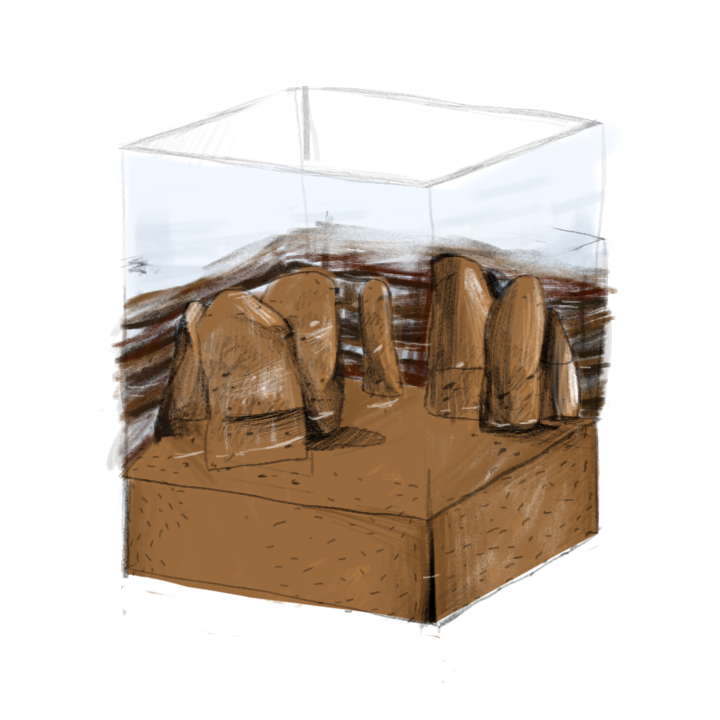
The primary remedy the EPA selected for the Quanta Site is known as “in situ stabilization.” This entails mixing contaminated dirt with a cement-like material while it’s in the ground. That cementitious material is pumped from a group of silos to a contaminated area surrounded by a low berm. Then the reservoir is filled with the slurry. "When you're done, it looks like really thick pea soup. Except it's not green, it's grey,” Doug said. An excavator then plunges its bucket into the soup and begins to mix the cement-stuff with the dirt. “What it does is, once it gets mixed with water and soil, it creates a monolith,” said Doug.
From a parking garage ramp overlooking the site, I watched as a monolith was created in the mud. Next to one of the huge white tents, a yellow excavator labored over a hot tub-size pit filled with pea soup goop. With each stir, the mixture bubbled and slurped. Two bored blue-suited workers looked on. The machine raised its bucket and shook off some of the muck, like a cook satisfied with the stew.
Though I couldn’t see it, the same process was underway inside the tents (the mixing I saw happened outside the tents because of obstructions preventing one from being set up there). The tents are there because coal tar stew stinks, like old eggs with notes of sour milk and gasoline. The primary culprit is that aromatic organic compound called naphthalene, which is the main ingredient in mothballs. Naphthalene aromas are released when the old soil is turned over. Heat produced by an exothermic reaction in the cement stuff increases the stink. "Anything that disturbs the material has the potential to release volatiles and odors,” said Doug. For most people, he explained, “naphthalene has got a very low odor threshold.”
When full-scale work started on the Quanta site in 2017 without the tents, the people of Edgewater discovered their own odor threshold.
The smell was ridiculous.
“The smell was ridiculous,” a sales manager at a massage parlor adjacent to the site told me. She described seeing dust and “fog” coming from the site. Older customers came in coughing. An employee at the AT&T store south of the site told me people on the bus would immediately turn their heads away in disgust when the doors opened at her stop. The man I met walking his dog told me he knew a doctor who moved out of his apartment because of the odors. And after many people raised a stink about it, Honeywell and the EPA suspended work for eight months to come up with a solution for the smell and to demolish an old building that had impeded work on the property. When work resumed in January of 2019, the EPA decided the monoliths would be mixed underneath gigantic tents—the world’s stinkiest circus.
“They're kind of amorphous. They're blobs," said Doug of the contaminated areas where the monoliths are mixed. The boundaries of these "blobs" are inferred from soil samples taken from around the site, like connecting the dots. Those blobs contain an estimated 115,000 cubic meters150,000 cubic yards of soil to be solidified. Taken together, that’s a cube of hardened toxic muck roughly 50 meters160 feet on each side.
Once the monoliths have hardened in place, the tents will be cleared and the site will again be covered with fill and “capped” with material meant to defend the monoliths against the elements. Like the rest of the Gold Coast, a developer will likely take over the site, and the toxic blocks will be entombed there beneath whatever gets built. As of March 2020, the monoliths were on track to be completed by the end of the year. Once they’re done, the work to clean up the river will begin.
“The whole property is gonna get raised. It's gonna be landscaped,” said Doug. “This is right in the floodplain, which got revised from [Hurricane] Sandy. People realized, hey, the floodplain's changing on us and so on. So whenever the development gets done, they're gonna be raising this grade pretty significantly."

Still, the water isn’t likely to stop rising. According to a recent report from the US Government Accountability Office on the risks to Superfund sites posed by climate change, 60 percent of Superfund sites in the United States are at risk for floods and wildfires exacerbated by climate change. Many sites, including those along the Gold Coast, are at risk of flooding from increases in storm surges, extreme weather, and rising sea levels, which could carry contaminated soil away. The Quanta site is at risk of flooding even without any sea-level rise.
But the monoliths within it are designed to last. "When you think about it, the concrete that the Romans used 2000 years ago still exists in Rome,” said Doug. He explained that the monoliths meet all of EPA's strict standards for strength, leachability, and impermeability. “Concrete in soil lasts really long. So the expectation is, I mean we don't try to model anything for a hundred years or anything, but the expectation is it's gonna last for hundreds of years.”
What were the people like who made this Stonehenge? Who were their gods? Why did they worship with coal and arsenic beside the river?
I imagine future humans excavating the site 2,000 years from now. The water rose and receded, revealing the high columns. The monoliths are arranged on the mudflat, signifying something lost to time. The humans wonder if the arrangement has something to do with the movement of the stars. What were the people like who made this Stonehenge? Someone observes the sacred columns are composed of poisonous dirt. Who were their gods? Why did they worship with coal and arsenic beside the river?
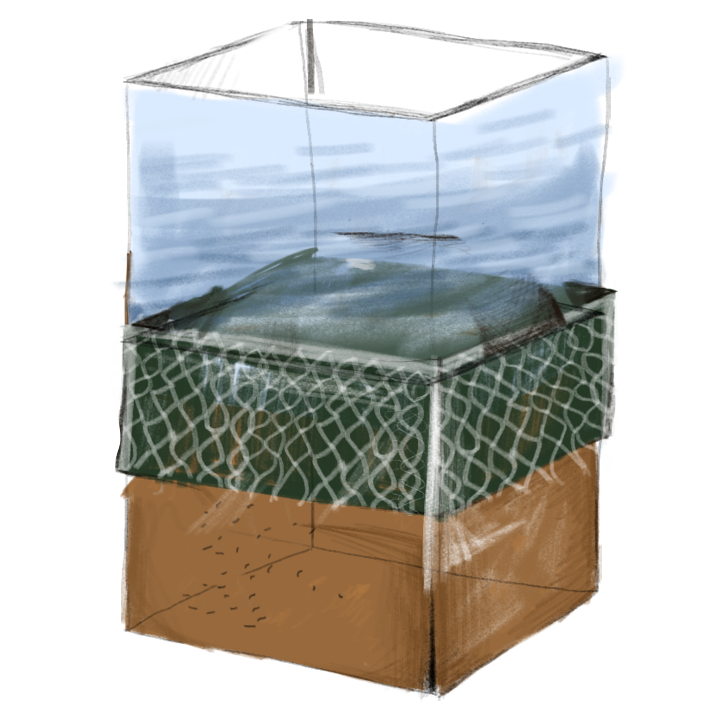
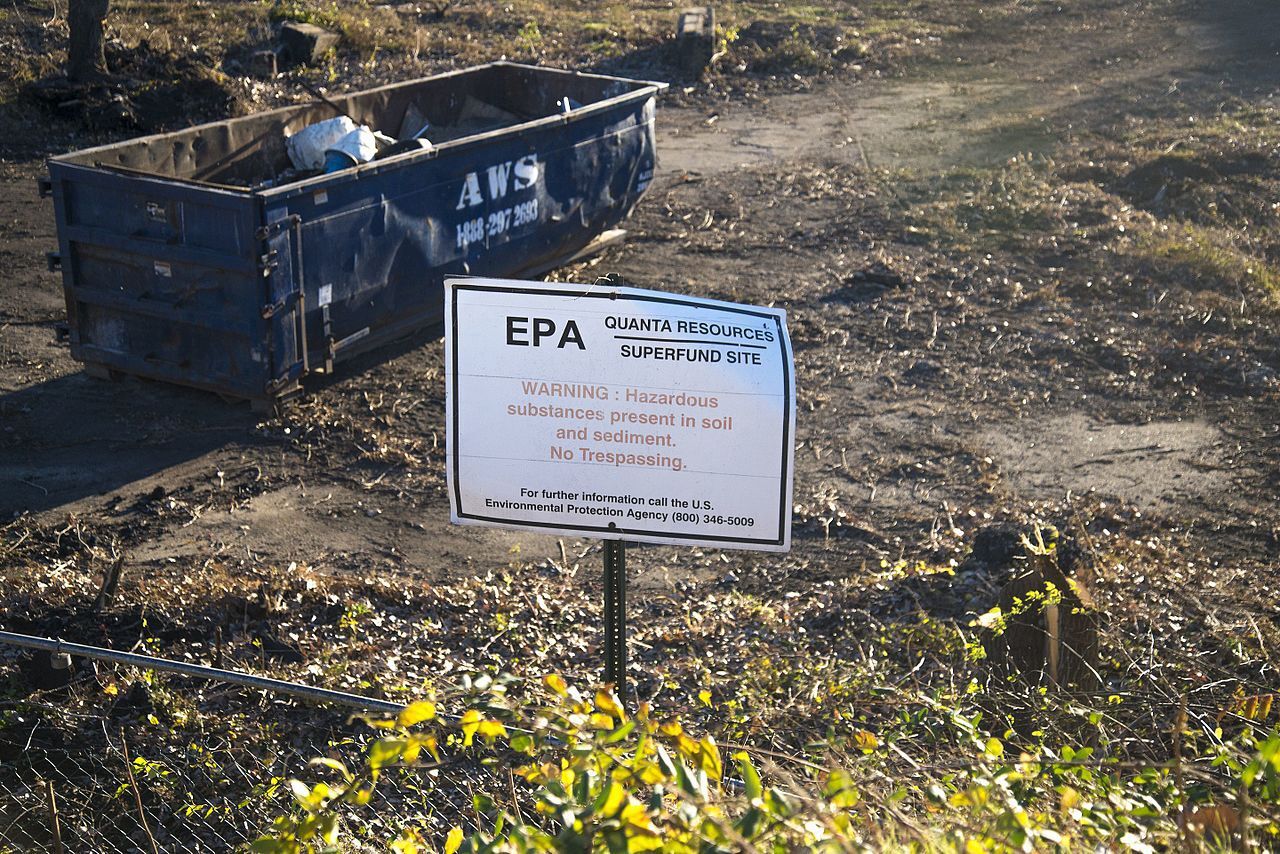
After I left the site, I missed the last 158 bus and took an Uber home. The driver was not happy he was driving to Brooklyn. He was not happy in general. As we crossed the George Washington Bridge, it was dusk and blue and started to rain and he began a litany of grievances against the world. First was Uber, and how their new policy of assigning drivers only a certain number of hours each week is unfair. How it shafts all the drivers who spent big money on new cars expecting they'd be able to work whenever they wanted, like the advertisements said they could. That, compounded with gas, insurance, and tolls—like the one he was paying crossing this damn bridge. Can’t make a living. Can hardly pay for anything. He pounded on the wheel. Everything in his car he had replaced. Like the body replaces its cells. Everything but the roof! And one white passenger-side door.
Now down the West Side Highway. The rain was coming down harder and bluer. The driver pounded on the wheel again. The stress of it. The stress of the money compounding the stress about his teenage son. Who has psychiatric issues. Who has been acting up. Scratching his hands. Smoking weed. Talking about killing himself. Can hardly pay for the psychiatric care and the prescriptions and all of it. He used to be happy six months ago. Laughing all the time. Now this kid, man. Once he was so stressed thinking about this kid he accidentally drove across the Verrazano Bridge. Ended up in Staten Island before he even realized what he was doing. Two hours home to North Jersey.
He talks to his customers about it because sometimes they know. Sometimes they are doctors, or also use Zoloft. You never know. But what gets him through it, man—now we were in traffic nearing the Brooklyn Bridge, the rain lit up red by brake lights—what gets him through it is Jesus Christ. Jesus Christ is why he left Egypt in the first place, escaping persecution.
He has this faith because he has three miracles to prove it. The first miracle was his sister’s heart. It stopped and after seventeen times with the defibrillator she came back to life. She had seen a gigantic horse and felt somebody’s hands lift her back to the world. The second miracle was his visa. He was trying to cross from Czechoslovakia to Austria to find work, but he had no visa. The Austrian border officer looked at his passport, Arabic script, flipping from right to left, and let him through. No problems. How do you explain that? The third miracle was the miracle of the old oil tank.
In the house where he and his son and his wife and his mother and his sister lived in North Jersey, there was an old oil tank buried in the yard. His sister was worried the house would be condemned when the inspector came and saw that bad stuff was leaking from the tank. But the day before the inspector came—the driver saw this with his own eyes—a bolt of lightning came down from the sky and struck the spot in the yard where the old oil tank was buried. The driver thought there was going to be a fire or smoke but there was nothing. The next day the inspector came. And when he dug up the tank, lifting it out of the ground, the tank was brand new. Shining. Never had a drop of oil in it. The inspector was amazed.
James Dinneen is a writer from Colorado. Read more of his work at jamesdinneen.wordpress.com
Artwork by Lili Emtiaz for Silica Magazine.
Lead photograph by Maria Eklind (CC BY-SA 2.0).
Remediation photographs provided by Quanta Remediation Project.